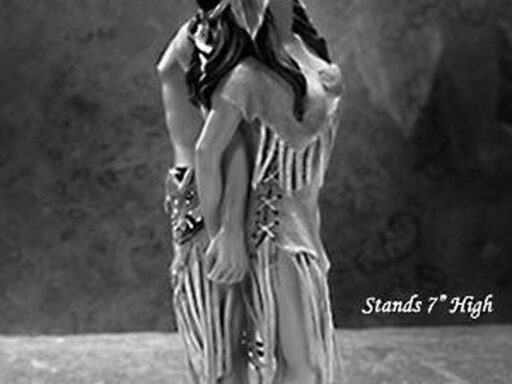The drum sound known as “ba dum tss,” or rimshot, is associated with jokes because it historically served as a musical cue to emphasize the punchline and prompt audience laughter. This tradition dates back to vaudeville and variety entertainment, evolving through the influence of Borscht Belt comedians, and has shifted in modern times to signal self-aware or failed joke attempts.
Vaudeville theaters, popular in the early 20th century, featured diverse acts such as singers, dancers, and comedians, often accompanied by a live house band including a drummer. The drummer played a rimshot—hitting the snare drum rim and the cymbal in quick succession—right after the punchline. This sound marked the end of the joke and subtly urged the audience to laugh, acting like an early version of a laugh track. It helped less skilled comedians by cueing the audience to react, sometimes even prompting a Pavlovian response to mediocre humor.
This practice found a strong foothold in the “Borscht Belt” resorts of the Catskill Mountains, where many Jewish comedians performed for mostly Russian-Jewish vacationers. These comedians, such as Monroe Silver and Burton Youngman, pioneered rapid-fire one-liners. The rimshot became a staple to punctuate their punchlines swiftly and clearly. Often, these comedians used the rimshot with irony, interrupting mid-joke or reacting humorously to the drummer, injecting an additional layer of humor.
- The rimshot represented a musical punctuation mark for jokes.
- It supported the comic’s timing and audience engagement.
- It also served as an ironic or sarcastic device in performances.
Over time, the “ba dum tss” sound has become culturally recognized as a symbol for joke punchlines. It marks that a joke has reached its climax and signals the listener to laugh. This practice remains ingrained in comedic culture, although the perception of the rimshot has evolved.
Nowadays, the rimshot is often employed in a self-aware or sarcastic manner, especially in casual or online contexts. People use the “ba dum tss” sound to highlight a joke that may have fallen flat or was intentionally corny. The rimshot here becomes a kind of humorous admission that the joke needs help—it’s a signpost for failed attempts at humor. Its use references older, more traditional joke formats that now seem stale or predictable.
This evolution reflects broader comedic trends where audiences appreciate meta-humor or ironic acknowledgment of a joke’s reception. The rimshot thus bridges classic comedic techniques with modern humor styles. In many cases, people imitate the drum sting themselves following a pun or weak joke to share the comedic experience of an awkward moment.
Beyond comedy, similar musical stingers have appeared in other entertainment forms. Circuses and burlesque shows employed crescendo drum sequences to dramatize acts or indicate comic failures during clown performances. In TV shows, particularly in China, short keyboard stingers serve a similar function for cues to laugh. The rimshot also appears in variety acts, emphasizing transitions between performers and highlighting punchlines.
| Aspect | Details |
|---|---|
| Origin | Vaudeville theaters with live bands supporting variety acts |
| Popularized by | Borscht Belt comedians in the Catskills resorts |
| Original Function | Signal punchline and cue audience laughter |
| Modern Use | Often marks failed or corny jokes with self-aware humor |
| Other Uses | Circus acts, burlesque, TV laugh cues globally |
- The ba dum tss sound originated in vaudeville as a punchline cue.
- Borscht Belt comedians popularized its use for rapid-fire jokes.
- It functions to prompt laughter and emphasize punchlines.
- Today, it often signals self-aware or failed joke attempts.
- Similar drum stings appear in other entertainment contexts.




